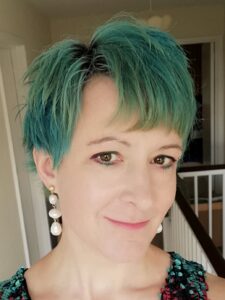I joined the Romantic Novelists’ Association in 2008 and went to my first conference that year. As a newish editor (I was working for a digital-first publisher) and a very newly published writer, I was impossibly excited and shy all at once. The conference had its moments of terror, such as when I went into …
Tag: Diversity
Oct 28
Olivia Colman Calls For More Diversity In The Film Industry
The amazing British actress Olivia Colman has said that diversity is not just about race and that there must be more opportunities for all in the film and TV industries. Colman told her views as she was appointed as a judge for the TriForce Short Film Festival. She said that it was important that a wide …
Jul 04
Is This The Best Women’s Magazine Cover Ever? We Think So
The Australian Women’s Weekly has trumped every other women’s magazine cover by featuring Turia Pitt as it’s cover star. 26-year-old Pitt was running a marathon three years ago when she was caught in a bushfire and was left with scars over 65 per cent of her body. Pitt said: “I feel humbled, For me it …
Mar 01
In The Realm of the Census – The Changing Face of Britain
Any day now, postmen and women throughout the country will stumble, grumbling, to every residence in the UK delivering Census forms. March 27 is Census Day. And every household will be legally obliged to complete it. Those who fail to do so, could, in theory, face prosecution, a fine up to £1000 and a criminal …

